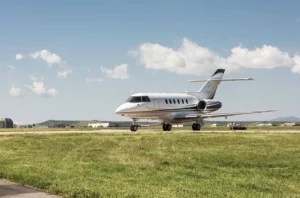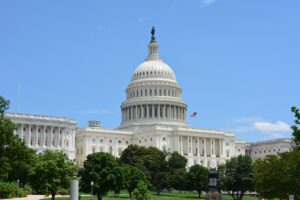December, 2021
The FAA recently published new inspector guidance in the Flight Standards Information Management System to help aviation safety inspectors determine if an aircraft lease is compliant with the §91.23 Truth-In-Leasing clause and other FAR Part 91 requirements for leases and conditional sales contracts.
The clause applies to a broad category of leases of U.S.-registered large civil aircraft, including time sharing agreements and interchange agreements under §91.501. It is most commonly used for the “dry lease” of an aircraft, which is one in which the lessor provides the aircraft and the lessee employs or contracts for the crewmembers and has operational control of the flight. The lessor cannot provide any flight or cabin crewmembers in a dry lease arrangement.
Dry lease arrangements can be useful – and legal – tools for aircraft lessors and lessees, but “sham” dry leases are sometimes used in illegal charter operations. The FAA has been ramping up its enforcement of illegal charter operations and this guidance seems to be the latest move in that effort.
While the guidance gives inspectors common ground for reviewing dry lease agreements and the information is helpful to lessors and lessees, some wording may benefit from additional clarification, according to Joanne Barbera, of Barbera & Watkins, LLC.
“The new language pulls together leasing guidance found in the law, the 2016 Truth-In-Leasing Advisory Circular and relevant legal cases but also includes some details that aren’t provided by prior Part 91 guidance,” said Barbera.
The guidance clarifies the often-debated term “responsible Flight Standards Office” as the office with a service area covering the operator’s principal business office location – its physical address, not the office with a service area covering the aircraft’s base location or registration location.
That said, Eileen Gleimer, a partner at Crowell & Moring, believes the structural issues regarding the leases are too general and could taint legal dry lease structures that are not used as an end run around Part 135, but rather to address other legitimate purposes in a manner that ensures aviation safety.
The guidance emphasizes what it means to have operational control for a flight. However, it includes some troubling wording that seems to afford the same weight to all lease details relating to operational control. In practice, this might not always be the best approach.
For example, in some legitimate dry lease arrangements, the lessor may perform or arrange for maintenance to increase safety, but that shouldn’t necessarily mean the lessor has retained operational control of the aircraft. Determination of which party holds operational control is usually made based on the totality of the circumstances.
“Aviation safety inspectors have received training on this topic and now have very specific guidance,” said Barbera. “You can expect more ramp checks and more scrutiny of aircraft leases.”
Lessors and lessees should review the new guidance and their current agreements, seeking legal counsel if necessary.




